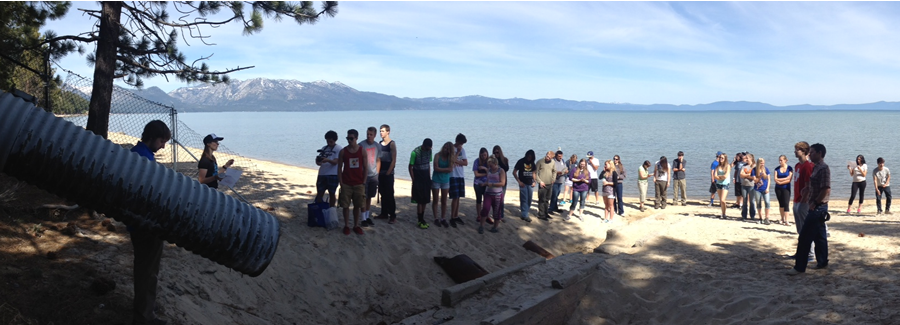Stormwater Pollution Prevention

Storm Water Background
Stormwater from urban runoff is one of the leading causes of pollution in creeks, rivers, and lakes. In fields and forests, most rain water is absorbed by the soil and taken up by plants and trees. However, developed areas contain impermeable surfaces like roofs, parking lots, and streets that cause rainwater and snowmelt to runoff (storm water) and collect pollutants. Storm water that flows from those impermeable surfaces and into storm drains or other conveyance structures without first flowing through best management practices (BMPs), such as grass lined swales or detention basins, goes untreated directly into our creeks, rivers, lakes, deltas and eventually, the ocean.
Stormwater is a resource and is ultimately part of the hydrologic cycle, along with our potable water, so it is imperative to keep it as clean as possible. Storm water can become polluted by pesticides, paint, fertilizers, pet waste, litter, oil and other automotive fluids, eroded soil and household chemicals. Even small amounts of pollutants that accumulate on roads, parking lots, and sidewalks can be transported into nearby streams and rivers. Identifying sources of storm water pollution and keeping this pollution away from storm drains and ditches is the best and most economical way to keep storm water clean - which ultimately protects our vital water resources.
Contact
For questions or comments about the Storm Water Management Program or to report an illicit discharge into a water body contact:
El Dorado County Long Range Planning Division
2850 Fairlane Court
Placerville, CA 95667
(530) 573-7906
stormwater@edcgov.us
Facebook Page: www.facebook.com/EDCStormwater